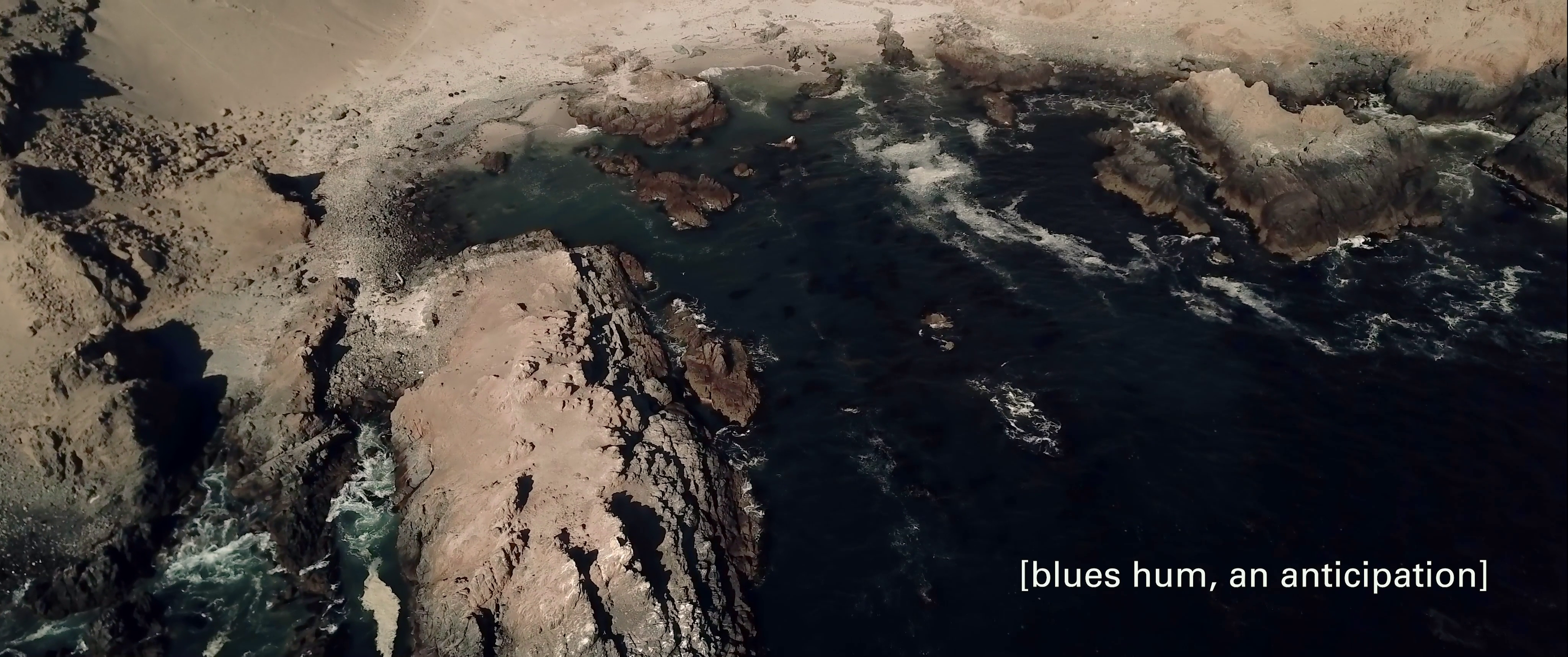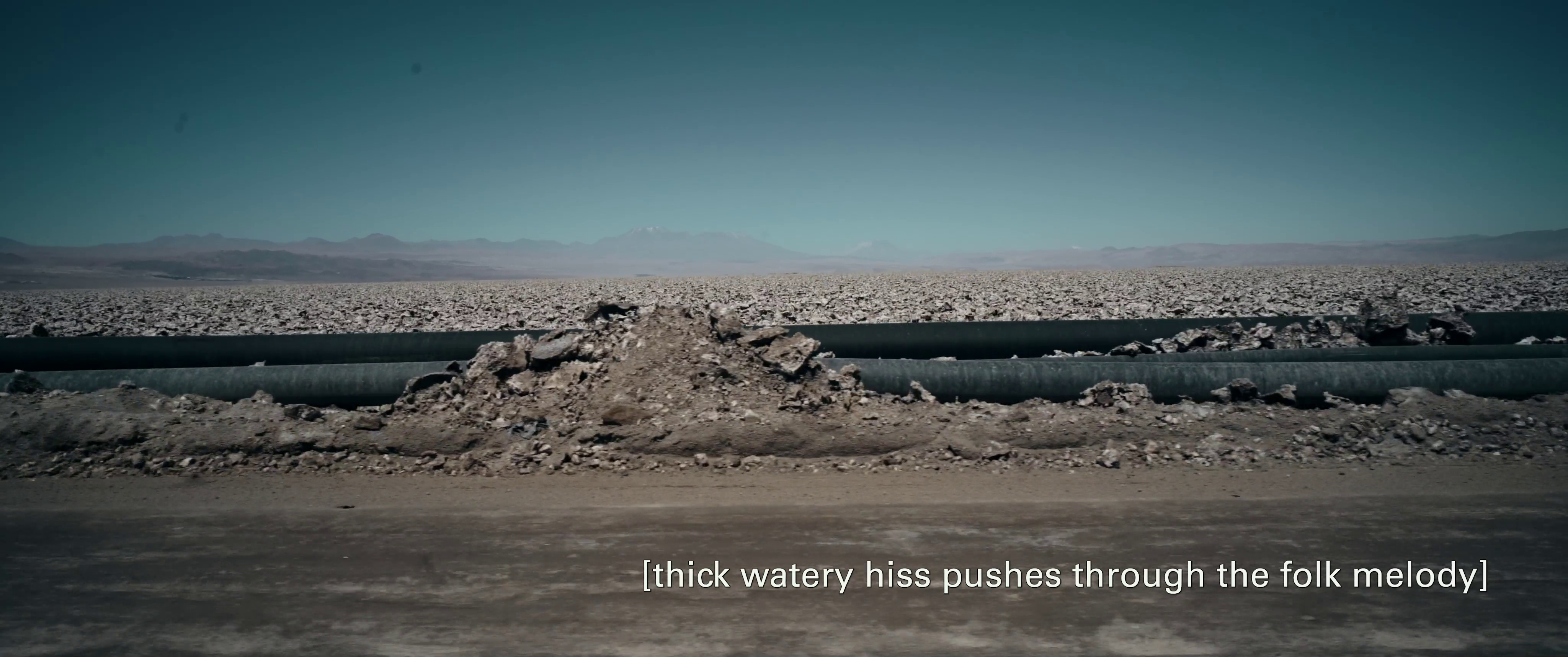### alternate access
Image descriptions, also known as alt-text, help blind people and people with visual impairments to access images and other visual content. They are one of the most known code-based accessibility technology, thanks to the work of institutional standard organisations such as W3C's WACG, but also thanks to the efforts of communities inhabiting text-based social media.
Even though it is now associated with visually impaired folks and screen-readers, it has not been developed with disabilities in mind. In fact, it is an old legacy function made available since the early stages of HTML, when the support for images was added to web pages in 1992. At the outset, its purpose was related to the fact that the newly supported images would not be accessible to some users with different equipment. While computers with graphical user interfaces and visual browsers were becoming common, many users still used a text-based interface and text-based browser. The newer <img> tag was then designed to include an "alt" attribute for older browsers without image support, offering an alternate rendition of the same element.
It is not a coincidence that it was a system developed to keep a diverse technological ecosystem (extending a feature to older text-based browsers) that turned out to provide the means to widen access to millions of blind and visually impaired folks. And alt-text is still useful for overcoming other access barriers too, for example in areas with poor internet coverage it allows to alternatively read images that would otherwise take ages to load.
They are completely different issues of access, but doing things with a care for and awareness of an exclusion can have outcomes that go beyond the initial aim, offering a useful means to tackle other exclusions later on.
### care routines
For the past 18 years Constant has been using [SPIP](https://www.spip.net) for its website. While alt-text attributes are well supported in SPIP, during our last website redevelopment, 7 years ago, we did not pay attention to these textual descriptions.
As in 2024 we started the process to develop our new website, we realized this lack and we agreed on making accessibility a priority from the beginning. Alt-text is one of the easiest first steps to take, so without waiting for the new website, it was relatively quick to fix the templates and add correct alt-text support in the current SPIP website.
Still, at the time of writing this text, a quick look at the source code of our homepage revealed that most of the images attached to our newer articles did not have an alt-text attached. Even after the discussions and the decisions. Why?
Partly, because it is one more step in the flow of making articles appear on a website every month, a flow we sometimes struggle to find space-time for. To enable a new form of collective attention, you need to think where to place this task in-between the many steps that are involved in meaning-making. While writing this text, it was easy to find where to place alt-text writing from now on, in a structural way.
In our bi-weekly meetings, one recurring task we check in with each other are the translations of the articles for our newsletter (we work in three languages, English, Dutch and French, but not everyone speaks them fluently). The task of translation is assigned at one line of the meeting's etherpad, so adding an "Alt-text check" next to the "Translation check" will make it happen from now on.
This is a pretty trivial way to place a form of care in the everyday practices, and there are many different approaches. If the one described above is more "organizational", other approaches available are more "technical". For example, [Wagtail](https://wagtail.org/accessibility/), the free and open-source CMS we are working with to develop our new website, pays particular attention to accessibility issues, for example signaling all images that do not provide alternative text rendition to the editor.
### alt-text as work...
Writing alt-text is care and it is work, and it is important to reflect on how we relate to this type of work that has the effect of widening access. From the disability justice movement (https://circulations.constantvzw.org/2024/drempel/reader/2-physical-spaces-building-access/funambulist-disordinary-architecture.pdf) we learn that it is fundamental to understand this work as something that enriches our practice and the significance we try to put in it, rather than a daunting task to add to the to-do pile. Seeing it as a boring task that will use up limited resources is an ableist relation to what one does, and a missed opportunity for opening another channel of meaning-making.
As in all other contexts, when we deal with accessibility, when we talk about work and limited time/resources, we will inevitably be solicited with technological solutions to tackle some of the work. It is quite a layered question, and following alt-text as a track, we get a sharp but nuanced cut through these layers.
There are plenty of so-called "AI solutions" available, such as the ones that Microsoft and other GAFAMs have built-in to automate alt-texts in their aquariums. Preparing presentations in Office 365 you will be offered a one-click solution to add automated alternate descriptions to your slides, and Meta's platforms are fully alt-texting images for you "automagically".
Ironically, the same companies that are actively limiting access to their platforms due to their economical model ( not seeing content without accounts, freemium models, mass advertising with its visual overload, etc. ), also seem to champion some forms of accessibility.
When we choose to refuse their services, because we refuse to depend on extractive, ecocidal, fascist-leaning platforms such as OpenAI, Microsoft and Meta, we still remain with the open question of possibly automated accessibility features.
In fact, this question appears outside of corporate gated communities, too. On the federated social media network Mastodon, both the network's user base and its software developers are more attentive to accessibility questions than on its corporate counterparts.
It is refreshing to see how the question is approached on such a de-centralized platform: different methods are proposed, more than one way is available. Regarding alt-texts, we can consider the example of two user-developed "bots" to deal with undescribed images, with different degrees of automation. If you choose to follow the [alt-text reminder](https://mastodon.social/@alt_text), developed by [@pup_hime](https://toot.cat/@pup_hime), this bot will privately notify you when you post an image forgetting to add an alt-text. In the same situation, instead, the [Altbot](https://fuzzies.wtf/@altbot) by [Micr0byte](https://fuzzies.wtf/@micr0) will use Google's Gemini image recognition capabilities to reply in public with an automated description of the un-described image.
Choosing between two bots seems an easy choice of how one decides to go about alt-text, but once again it is not a binary question, in reality there will be many situations where you want to use just *some* automated alt-text. In our case, while we can write alt-text for newly added pictures, in Constant's 17-year archive of past activities most images would still be without description. It is very unlikely we will have the time to go and do this work, so nuanced in-between solutions are to be considered, for example writing them where they would be most needed, or generating the description with a less-rotten image recognition model. But the question of work would not disappear, it would just hide deeper.
### ...and as heteromation
Automated alt-text is still work, even though a different type of work. The image recognition tools that generate these descriptions have all been developed by "training" models on a dataset of annotated images. Each image in the model has a corresponding description, and by millions of repeated correlations these models will extract the association of a certain pixel-shape to a certain set of words.
This is the extracted work of millions of descriptions, of various kinds and from various sources. But who has done the work of annotating millions and millions of pictures? We found a very insightful analysis of one such image dataset in Christo Buschek and Jer Thorpd's text ["Models all the way down"](https://knowingmachines.org/models-all-the-way).
In a fascinating close-circuit, we find out that the annotations that come associated with the massive image collections are in fact "scraped" from existing alt-texts on the web.
In the image dataset LAION-5B, one of the most common datasets used by image recognition models to distil from millions of image-text pairs, these are some of the sources of those alt-texts:
> SlidePlayer allows users to upload their PowerPoint slides, so it will attach ALT text to images based on the text that users wrote in the slides.
> Pinterest prompts its users to write ALT tags before they 'pin' their images, as these become the captions for the images, too.
> Shopify users often have their eyes on high Google PageRank scores, so they will write ALT tag descriptions with SEO (Search Engine Optimization) in mind.
> All of this means that ALT tags are not so much descriptions of image contents as they are artifacts of the web’s workings and of creators’ retail ambitions.
Researchers [Hamid Ekbia and Bonnie Nardi](https://firstmonday.org/ojs/index.php/fm/article/view/5331)
have proposed the word heteromation to describe this seemingly magic relation to the work that happens in other moments and in places we do not see. It is good to keep in mind how what work will be mobilized to produce the alt-text: the distilled efforts of all those annotators, their biases, the different extractive logics involved will be virtually called in in every text generation.
### alt-text as meaning-making
It is worth making a conscious decision, trying to be realistic with what is the work that we choose to dedicate to, while keeping a radical understanding of how our resources are invested. One needs to refuse the scarcity framework of ableism that treats access questions as 'extra work', and at the same time one needs to deal with capitalist time that is organizing everyone's practices. DIY solutions are always an option, but they might only get so far, in many cases automation will add a basic layer of access that would not be there otherwise.
From the point of view of Constant, a structurally funded cultural and artistic organization, we chose to do the future work without mobilizing so-called AI, in the same way as we write and translate articles without delegating them to be written by a Large Language Model. As the core of our publicly funded work is caring for our relation to the world and for the meaning that circulates through our activities and publications, we choose not to have that meaning be organized by something so intertwined with extractive practices. We now consider alt-text writing as an integral part of our work, that is in relation with the surrounding text, the image and the rest of what is published. And this relation is alive and multiplies meaning in all directions.
An amazing and inspiring example of the effects that this type of care can have, can be seen in the movie **Ancestral Clouds Ancestral Claims** by Arjuna Neuman and Denise Ferreira da Silva, a beautiful critical work revolving around Lithium extraction in the Atacama desert of Chile. The movie proposes a special form of closed-captioning for its whole duration: apart from the subtitles to the spoken word, the music and sounds heard are described in another part of the screen, adding an additional layer throughout the whole movie.
The concise poetic attention that was paid to these descriptions has an effect beyond the one of making the work accessible for d/Deaf and hard-of-hearing people. That careful form of writing and interpreting is shared with every viewer, adding just another layer to this brilliant movie.


(break)